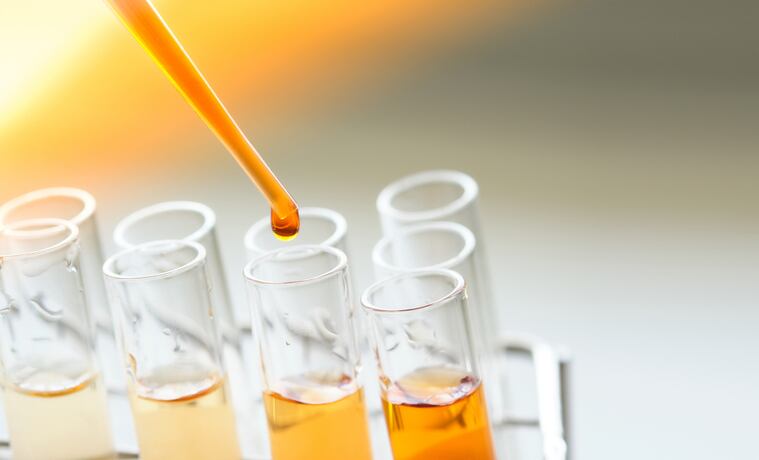Called Creo, the company says it has successfully completed a 12,500-liter small scale production run at a facility in San Diego, CA. CBG (cannabigerol) and CBGA (cannabigerolic acid) are referred to as the ‘mother’ cannabinoids, as it is from these that other cannabinoids, such as CBD and TCH, are metabolized in the Cannabis sativa plant.
Process developed with biotech partner
But because these molecules are a stepping stone in that path, not an endpoint, they are present at such low levels in the plant that extracting them from that source is not economically viable, said Creo CEO and founder Roy Lipski. Hence his idea to pursue a different pathway.
“Creo was set up specifically to produce cannabinoids via fermentation,” Lipski told NutraIngredients-USA.
“Creo is for want of a better word a joint venture with an established biotechnology firm called Genomatica. They produce intermediate chemicals via fermentation for the production of things like plastics and spandex. Creo is their technology applied to the cannabinoid space,” he said.
Lipski said a fermentation approach results in a consistent product that can be made to high levels of purity. Beyond the fact that there is not enough CBG and CBGA in the plants in the first place, it avoids some of the common constraints of agricultural sourcing, among them crop variability, contamination issues and others.
In addition, Lipski, who has a background in alternative fuels production, said the approach can be more environmentally friendly because it doesn’t require the energy inputs that growing, transporting and extracting an agricultural biomass does.
“The advantage of Genomatica’s approach is that it is highly sustainable,” he said.
Molecules’ rarity has inhibited research
Lipskis company points to many potential benefits of CBG and CBGA, including applications in skin care, eye health and mood support. But he admitted its an underdeveloped field of research, partly due to the fact that the material has been so expensive up to now.
“The science around some of these rare cannabinoids is not as developed as it could be because they are so rare. You really need to enable these cannabinoids to become an ingredients that are suitable for mass market applications,” he said.
Lipski said that while the microbes used in the process have been engineered, in his view having a final product completely free of any of those traces should get around any GMO concerns.
Choice of molecules lessens regulatory hurdles
And he said he believes the fermentation approach will clear away several obstacles faced by other hemp-related ingredients. For one, there is no trace of THC in the company’s production cycle, meaning there will be no need to interact with the Drug Enforcement Administration.
In addition, Lipski said concentrating on CBG and CBGA could solve another issue. CBD labors at the moment under a regulatory cloud created by the prior use of that molecule in a drug developed by English firm GW Pharma. There has been no prior drug development for CBG or GBGA, Lipski said. The process is already underway to certify the molecules as GRAS, he said.
“Biosynthesis has progressively been replacing compounds originally derived from plants. I truly believe we are in the century of biology, and this will be the future of how we produce many compounds,” he said.
Finished products on the horizon
Lipski said he anticipates now that the process has been demonstrated at a small commercial scale, product development will proceed rapidly.
“We have successfully scaled up the process 330-fold from bench scale. We already have product out there with developers, and we expect full commercial scale by Q2 of 2021,” he said.

